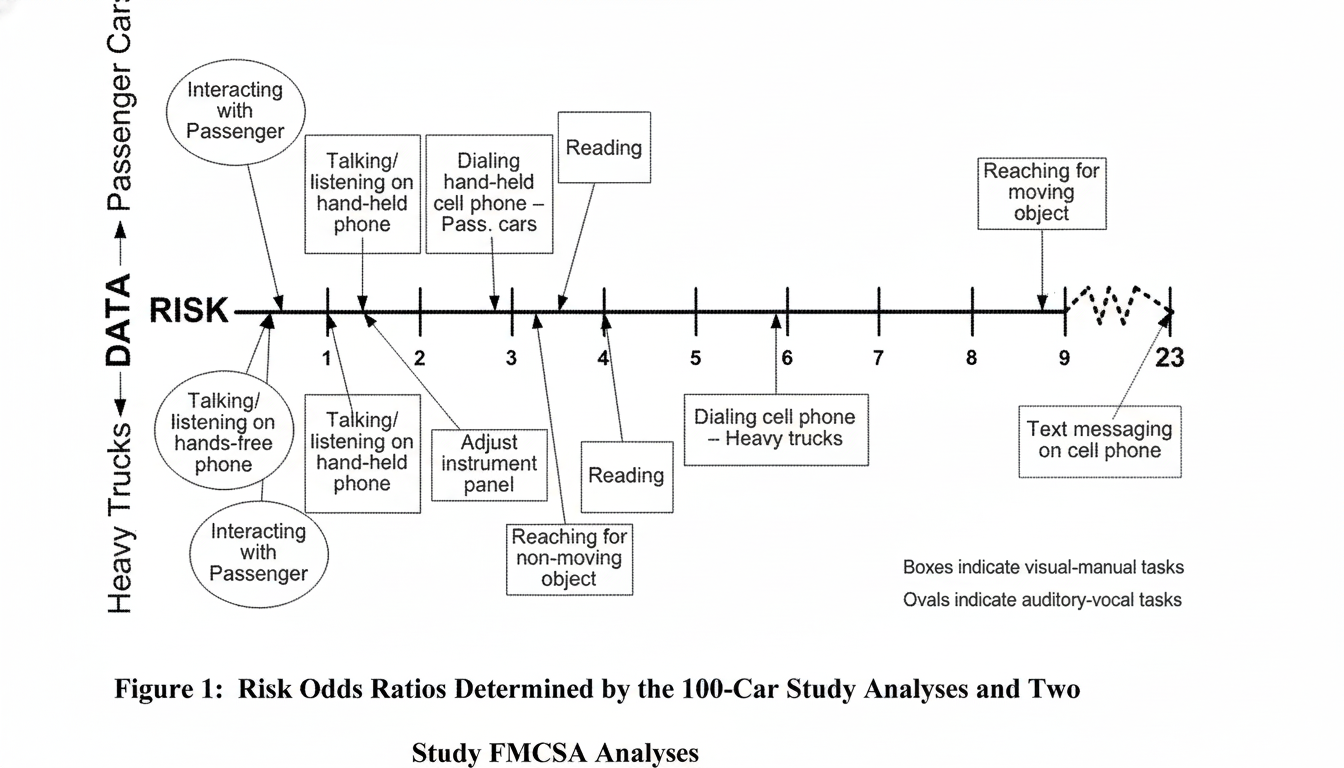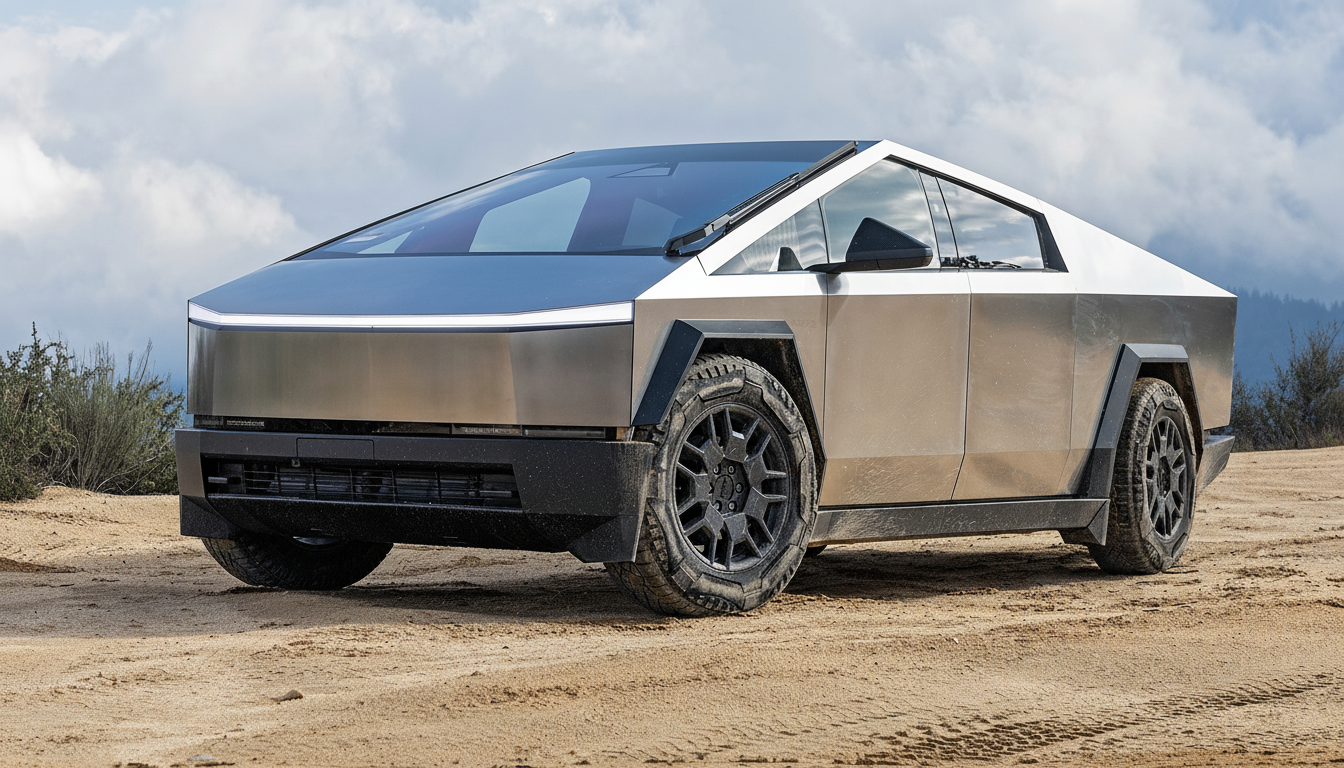Tesla has released a new safety recall for the Cybertruck, calling back 6,197 units of the truck in the U.S. over an issue that can lead to the front lightbar detaching from the front windshield and falling off. As stated in a filing to the National Highway Traffic Safety Administration, the recall concerns specific 2024 model-year trucks and will cover roughly 10% of the number of trucks registered in America. “The driver in a following vehicle will be vulnerable if the lightbar falls off; distracted driving or a crash would be likely,” the filing warned.
The safety authority believes an incorrect surface primer may have been installed during the truck’s assembly, reducing the strength of the bond securing the lightbar to the glass. In layman’s terms, the bonding process might have weakened, resulting in the front lightbar detaching and becoming a projectile for the vehicle behind. The NHTSA filing suggests the problem is limited to certain 2024 Cybertrucks that were manufactured using the wrong primer in the adhesive stack used to mount the lightbar. When adhesive strength is reduced, normal vehicle vibrations, temperature fluctuations, and aerodynamic loads at speed can cause delamination, leading to the component’s eventual failure.

Tesla told the publication that it will inspect all the trucks and install an additional mechanical attachment or replace the lightbar as required. The repair procedure will include properly reattaching the component using suitable material and adding a mechanical fastener if needed to ensure redundant mounting. The service will be free of charge for the truck owners, and Tesla’s mobile technical fleet is expected to repair most of the vehicles.
Repair plan, verification steps, and adhesive process basics
Owners can verify whether their VIN is covered using the NHTSA recall lookup or by reaching out to Tesla service; notifications are being prepared, and the company will apply the fix proactively even if the lightbar appears to be secured.
Automakers frequently apply structural adhesives to join exterior lighting and trim to glass and body panels. These meeting points depend on a carefully sequenced arrangement of activities:
- Scrubbing the connection
- Priming it
- Applying a regulated quantity of adhesive
- Allowing it to cure
The primer is necessary to chemically promote the adhesive’s adhesion to the substrate surface. If the primer is the wrong kind or applied inappropriately, the bond’s strength declines, significantly after thermal cycling and exposure to light, ultraviolet, and moisture. Situated at the front of a fast roadway vehicle, a separated lightbar becomes particularly risky because aerodynamic pressures exacerbate the situation. It is not simply a cosmetic fault; it destroys a state-required illumination fixture and has the potential to become detrimental shrapnel at road speeds. Although the malfunction is one of adhesion rather than photometrics, lighting performance is controlled by Federal Motor Vehicle Safety Standard 108, and safety paradoxes can be deduced.

Context, prior campaigns, and early production issues
This recall follows a prior Cybertruck campaign’s resolution of the intensity of the front parking lamps. Tesla addressed it with an over-the-air software update. That stands out as a significant truth: software malfunctions are repaired remotely; however, connectivity, fasteners, and motors require physical service, which is slower, greater, and more inconvenient for owners.
Early in a model’s cycle, automakers run into a cluster of “infant mortality” issues as suppliers, materials, and processes stabilize at scale. The Cybertruck is no exception. Prior efforts have included both hardware and software fixes. NHTSA filings have included an accelerator pedal pad issue and a windshield wiper motor mishap. While none of this is unusual for a brand-new platform, the frequency has kept Tesla’s quality control practices under a heightened level of scrutiny.
What owners should do now and how Tesla will address it
If you have already received a 2024 Cybertruck, you will need to keep a close eye on your Tesla app and email as well as follow up with the NHTSA VIN tool to ensure you are still in the clear. If you notice any walking, rattling, or other movement around the lightbar or bond line gaps, immediately schedule service and avoid operating at highway speeds until a remedy has been completed.
For Tesla, the remedy will institute a belt-and-suspenders approach by pairing corrected adhesion with a complementary mechanical attachment to prevent any chance of future detachment. For owners, the calculation is much simpler; with the fix in place, the hazard of detachment should be eliminated, putting the Cybertruck’s cool front lighting securely back in line.

